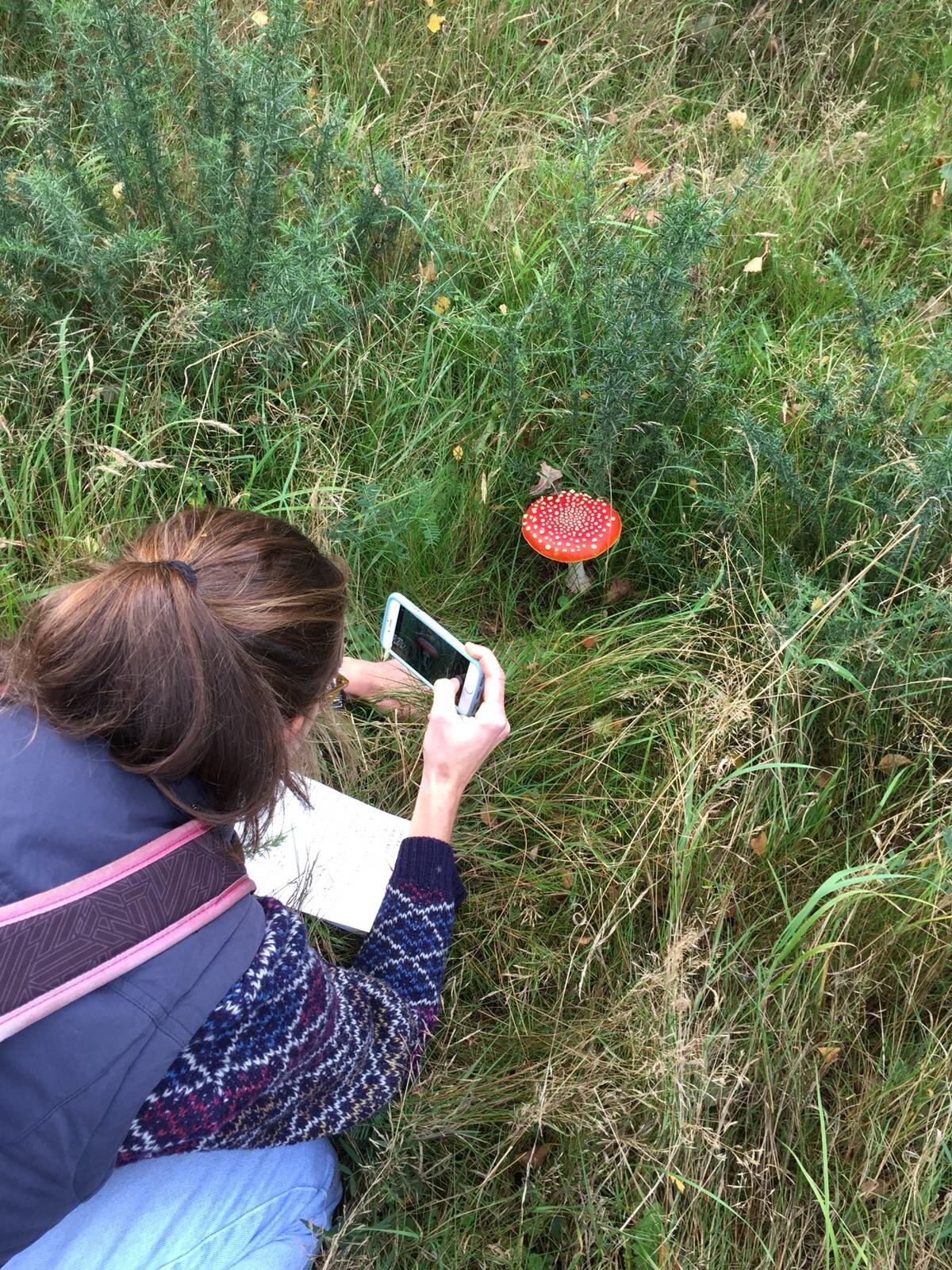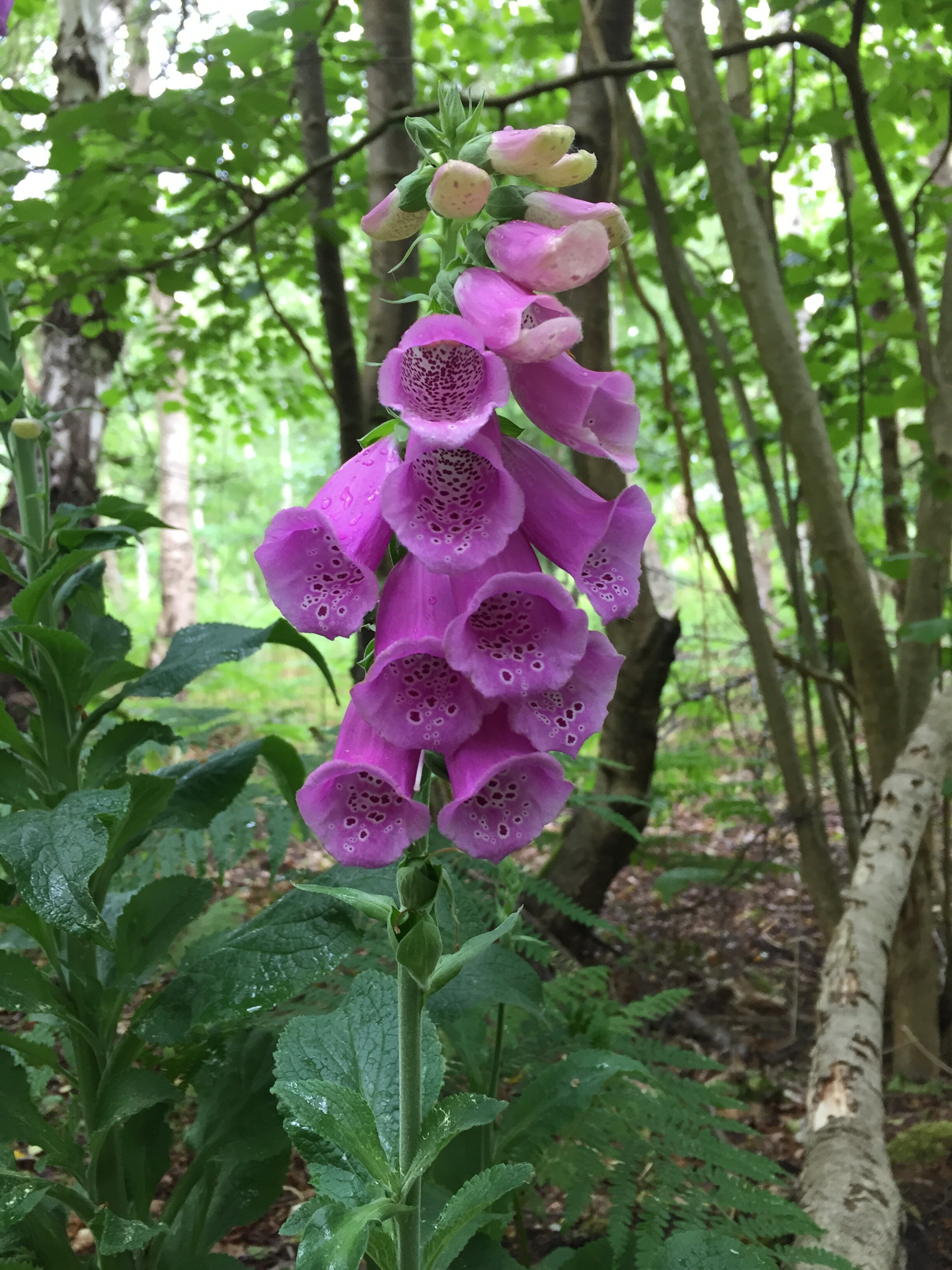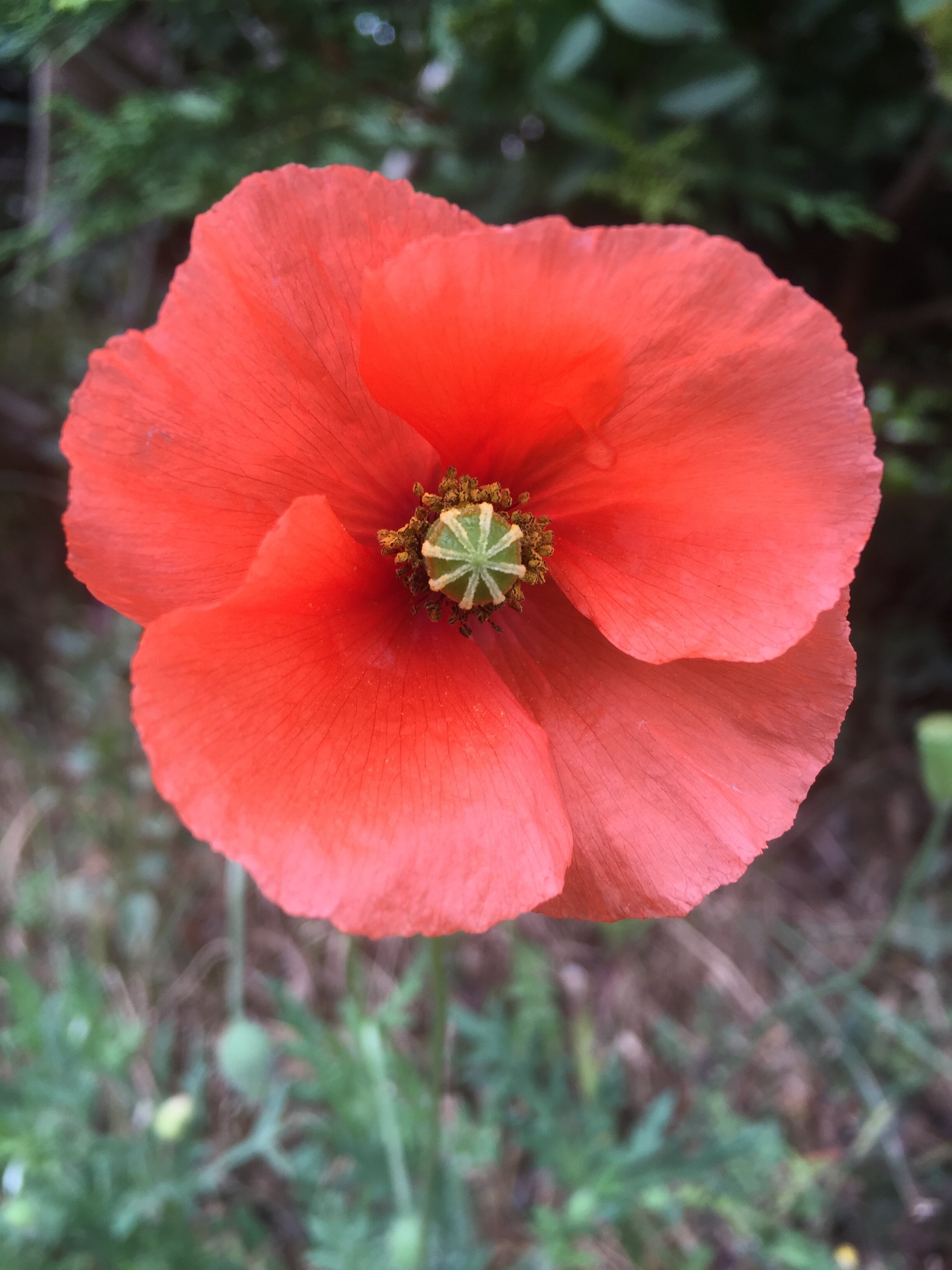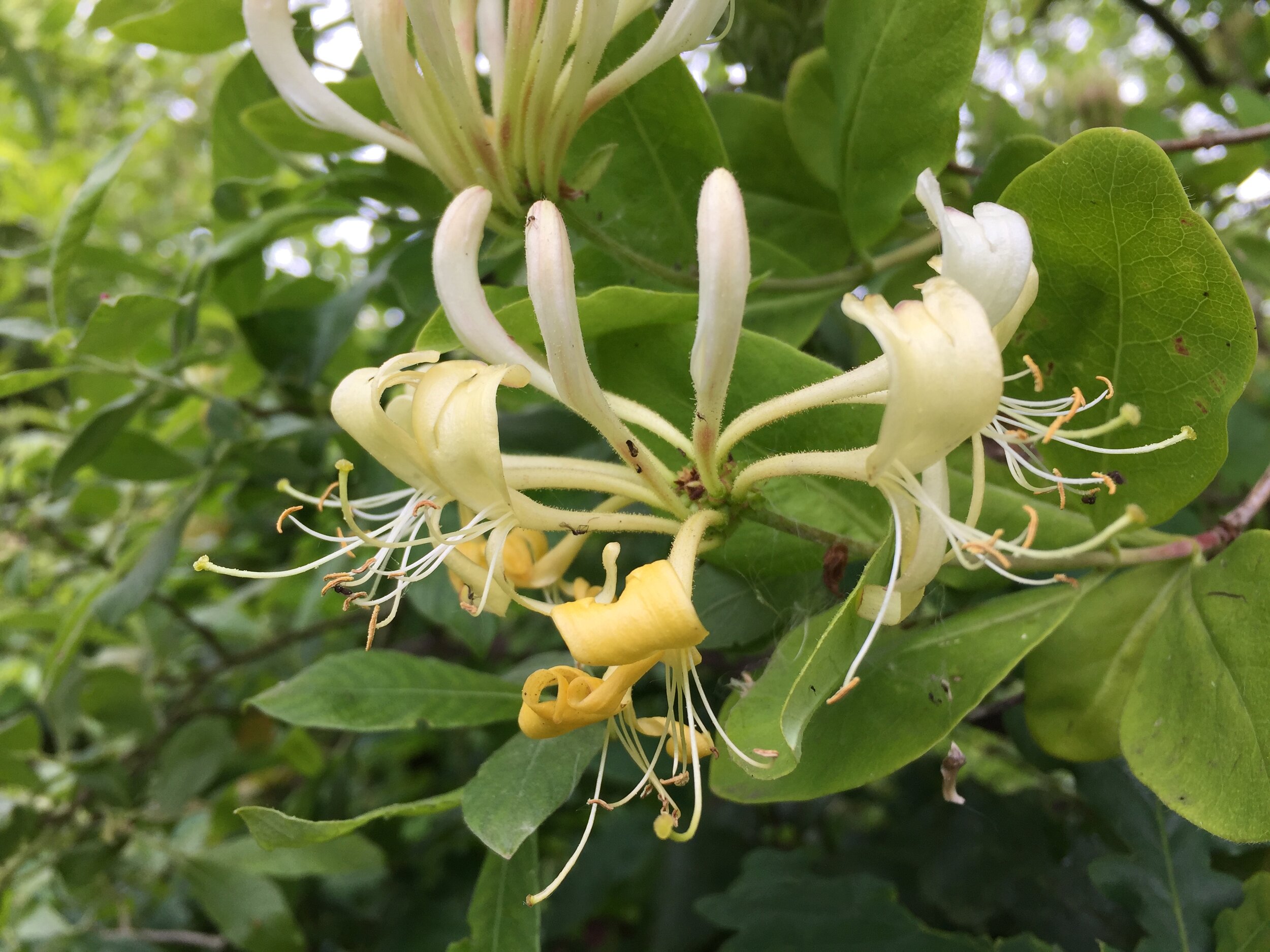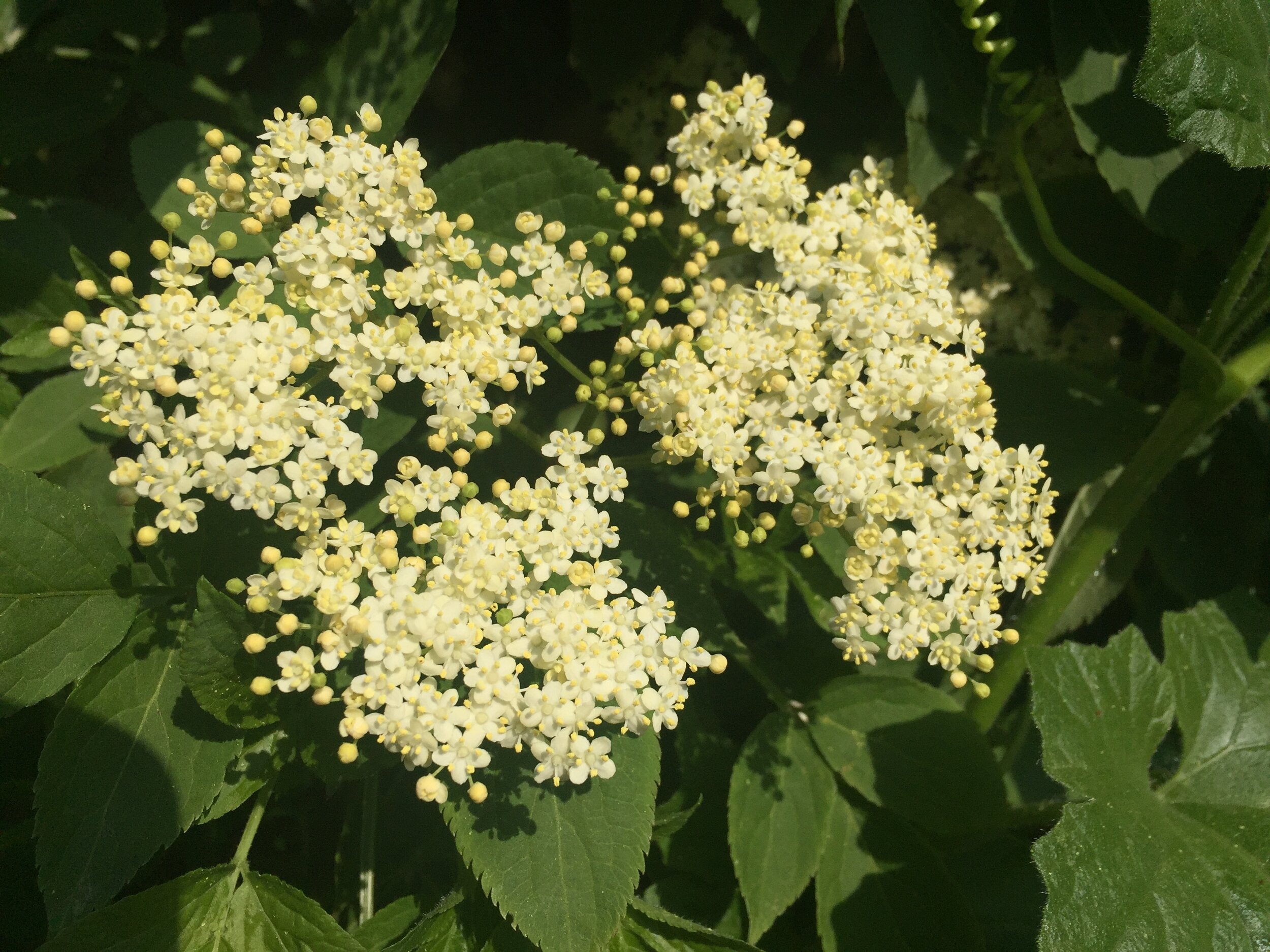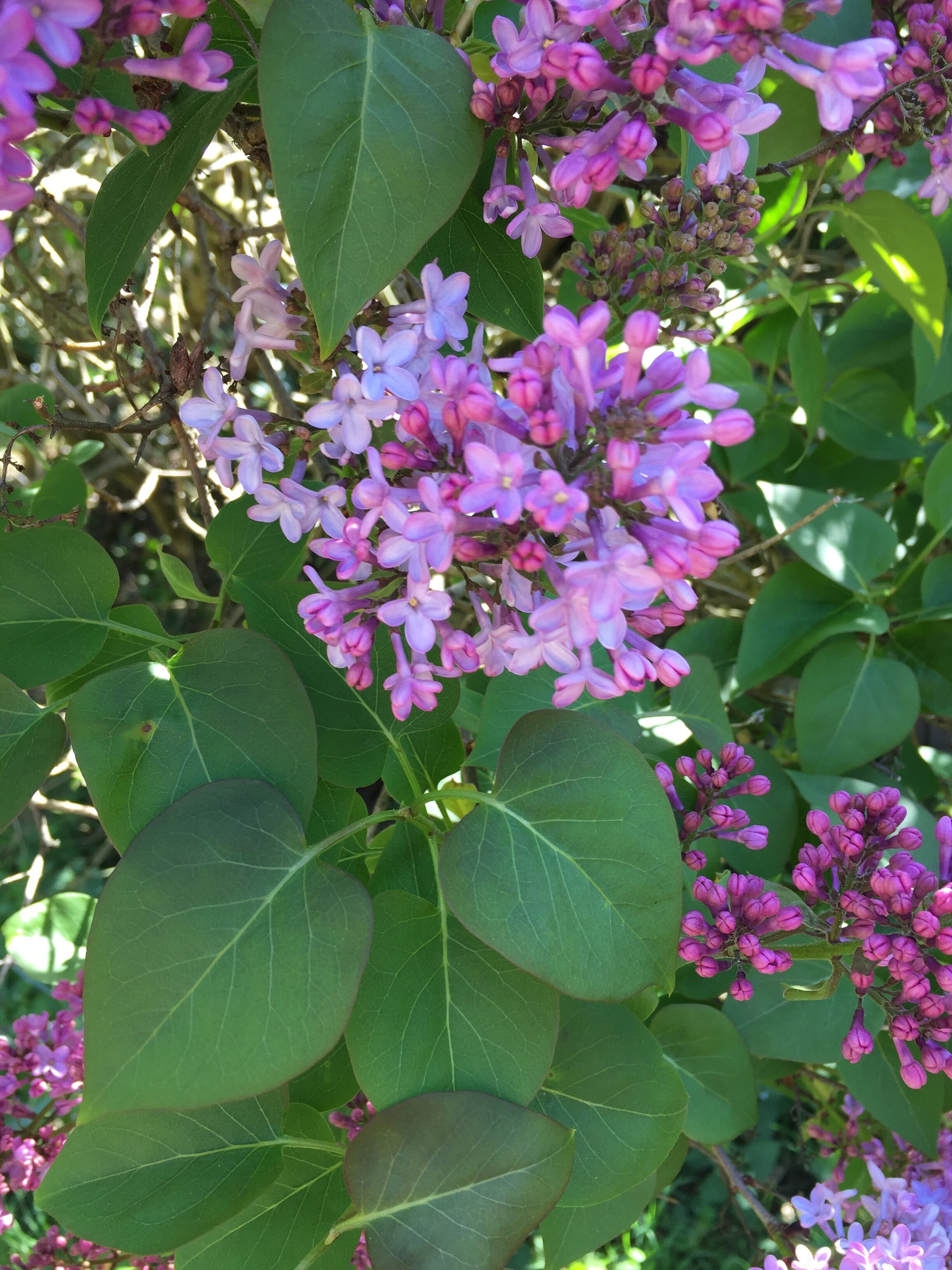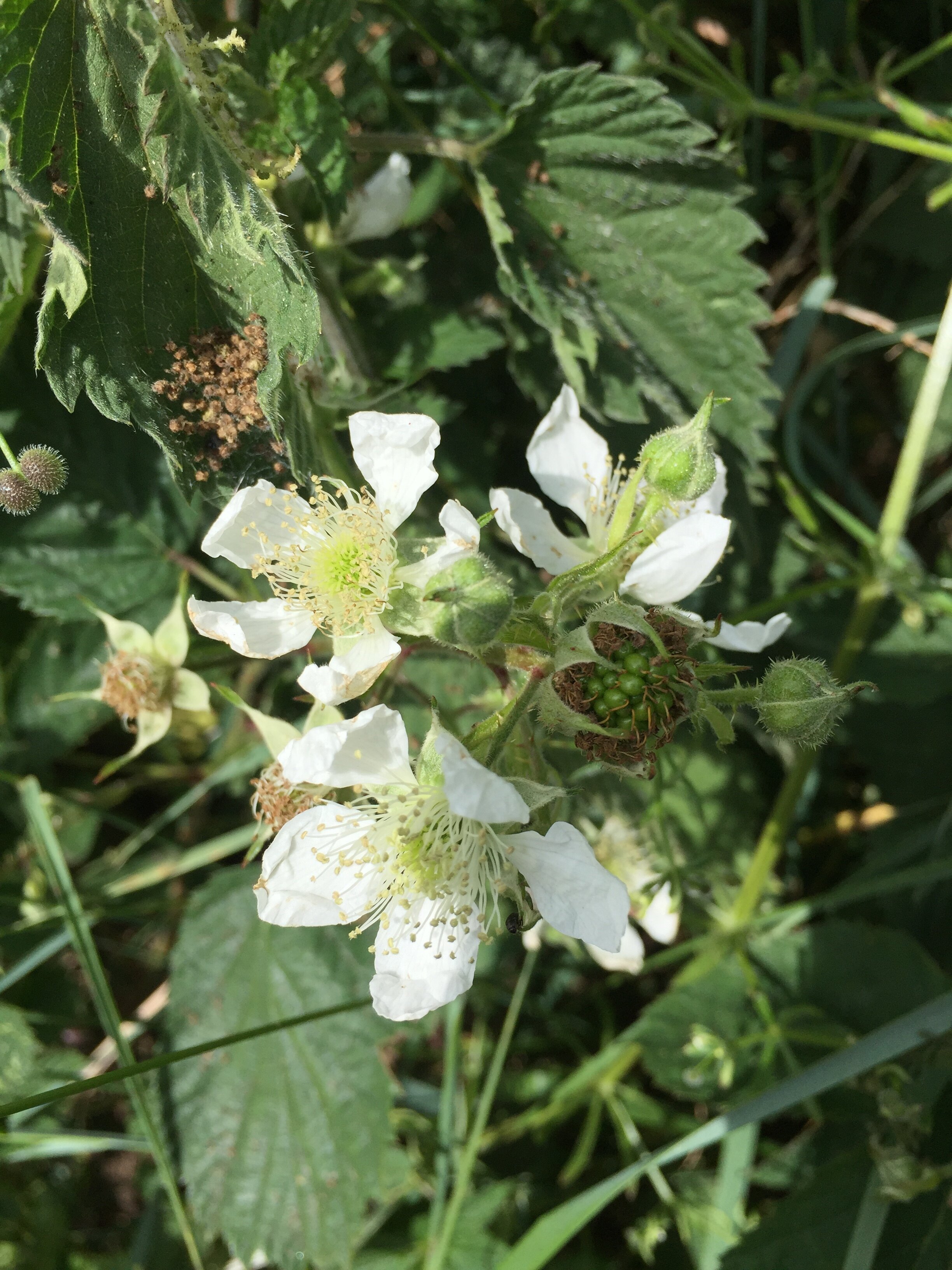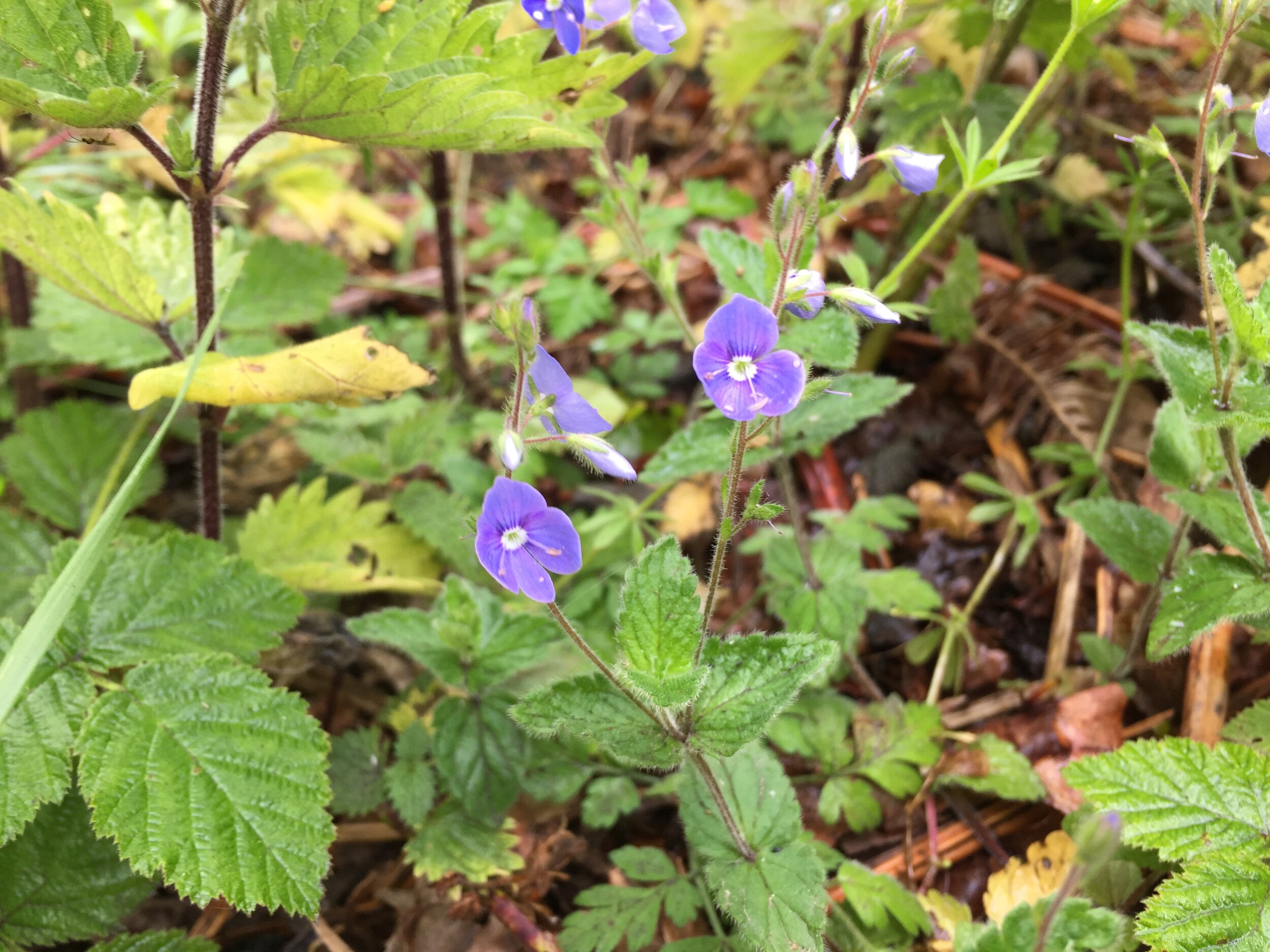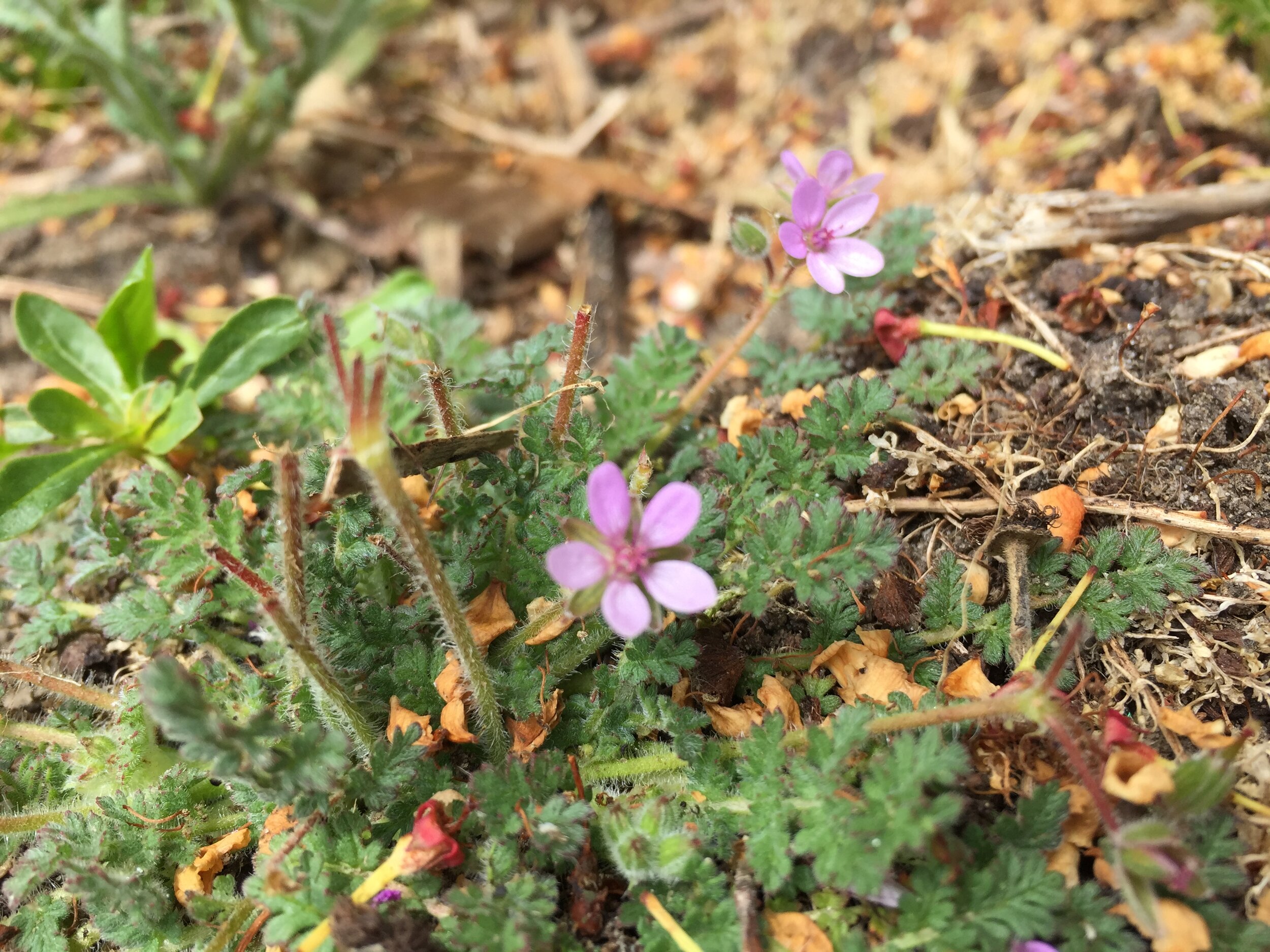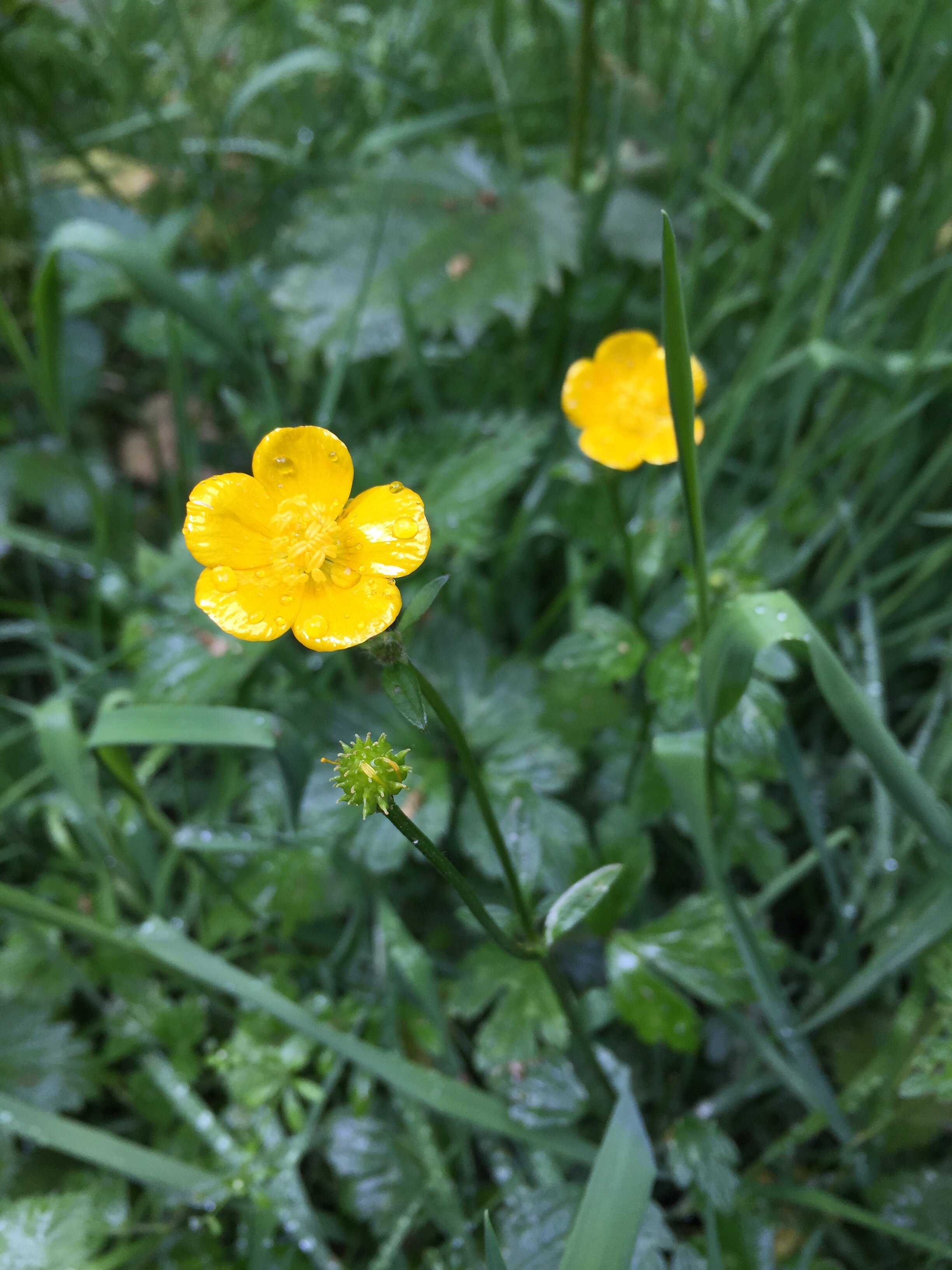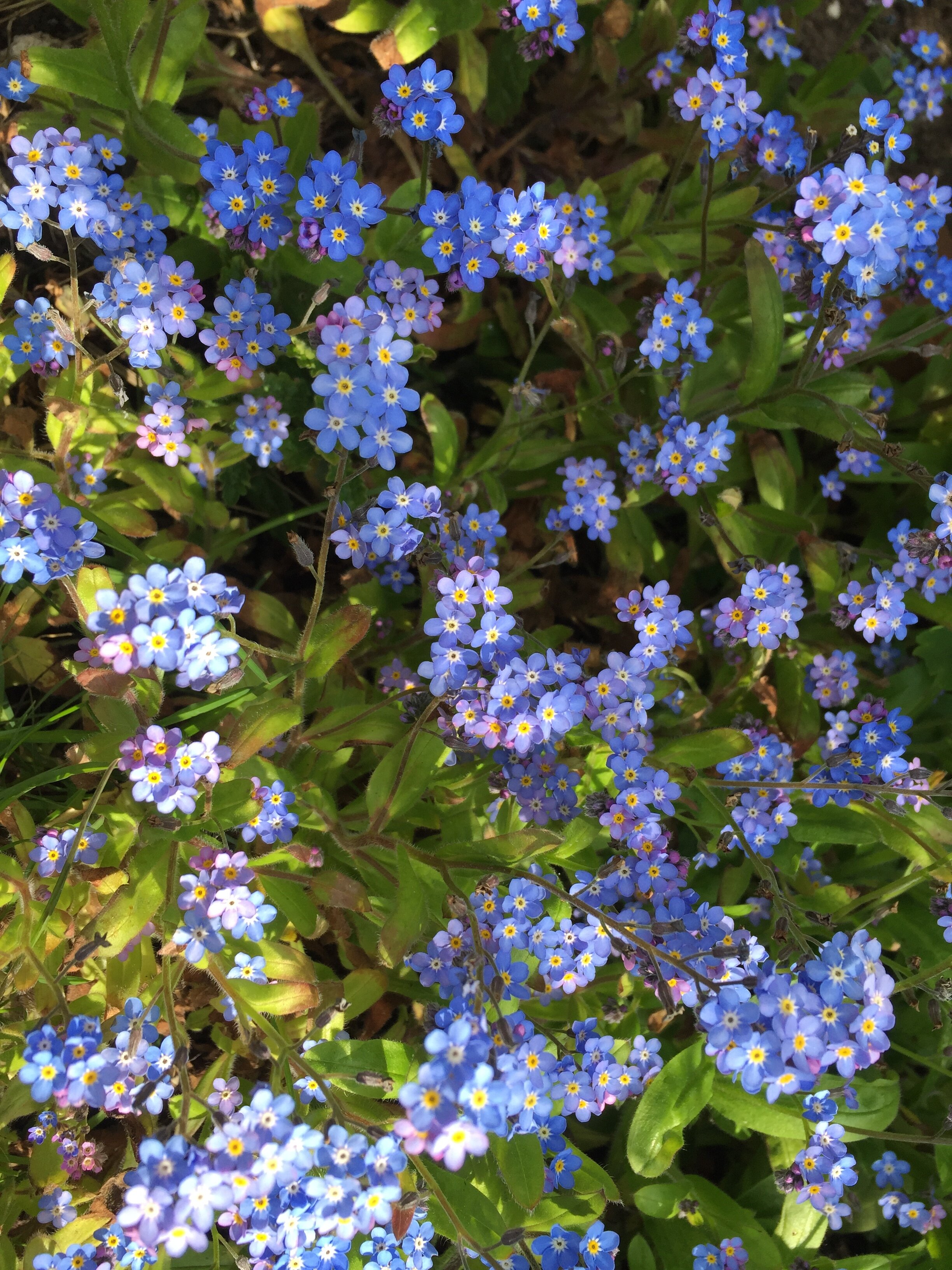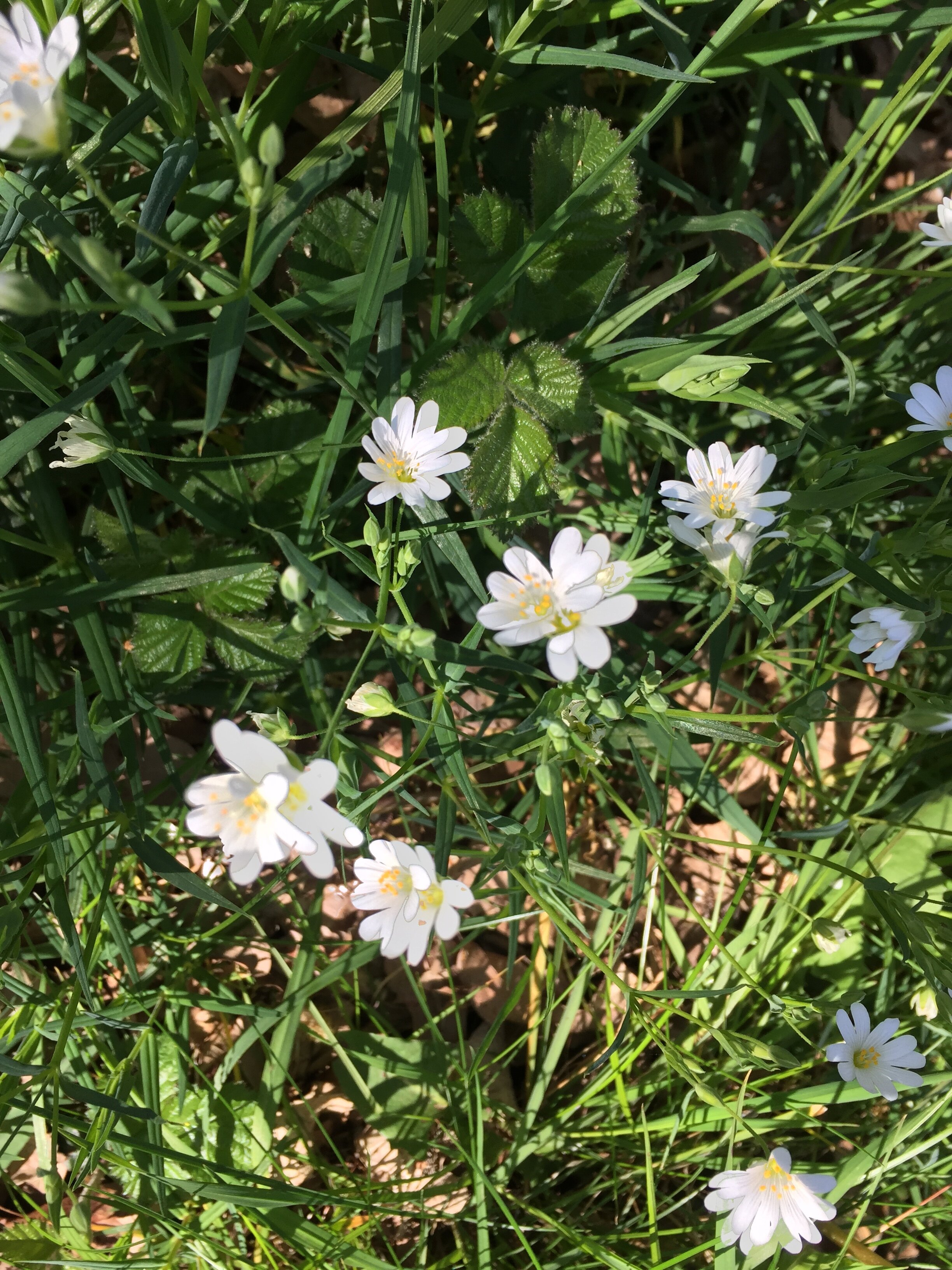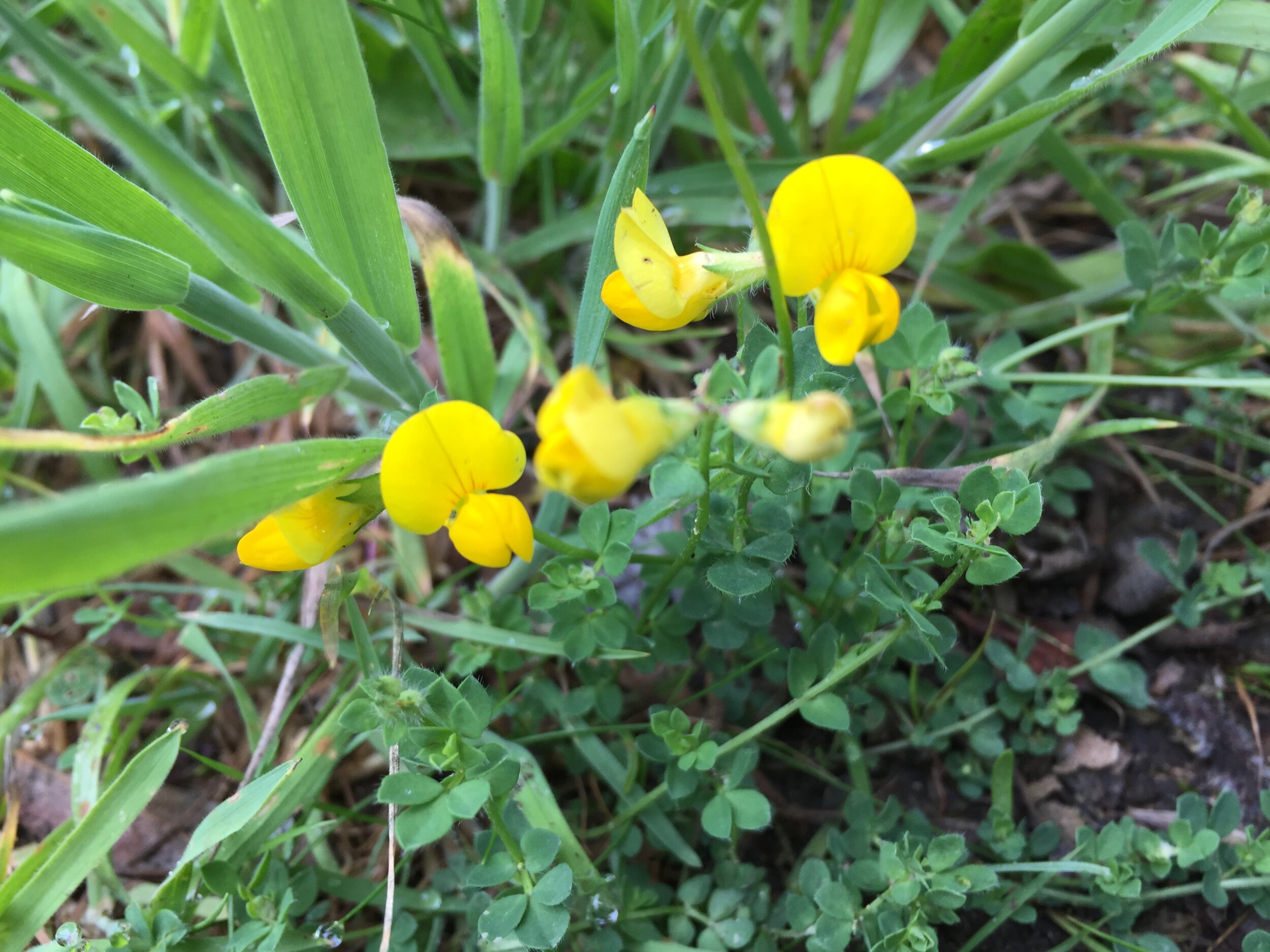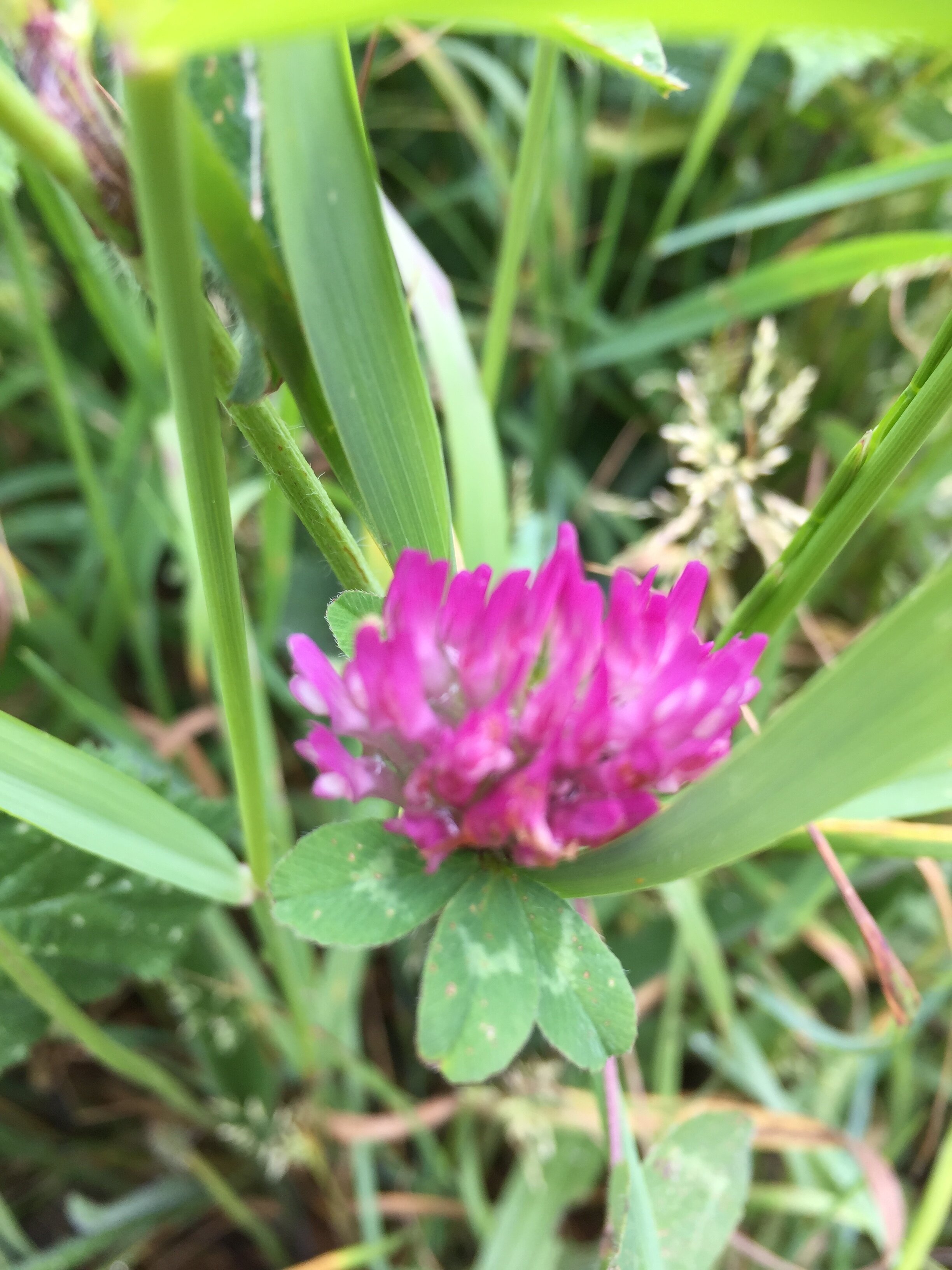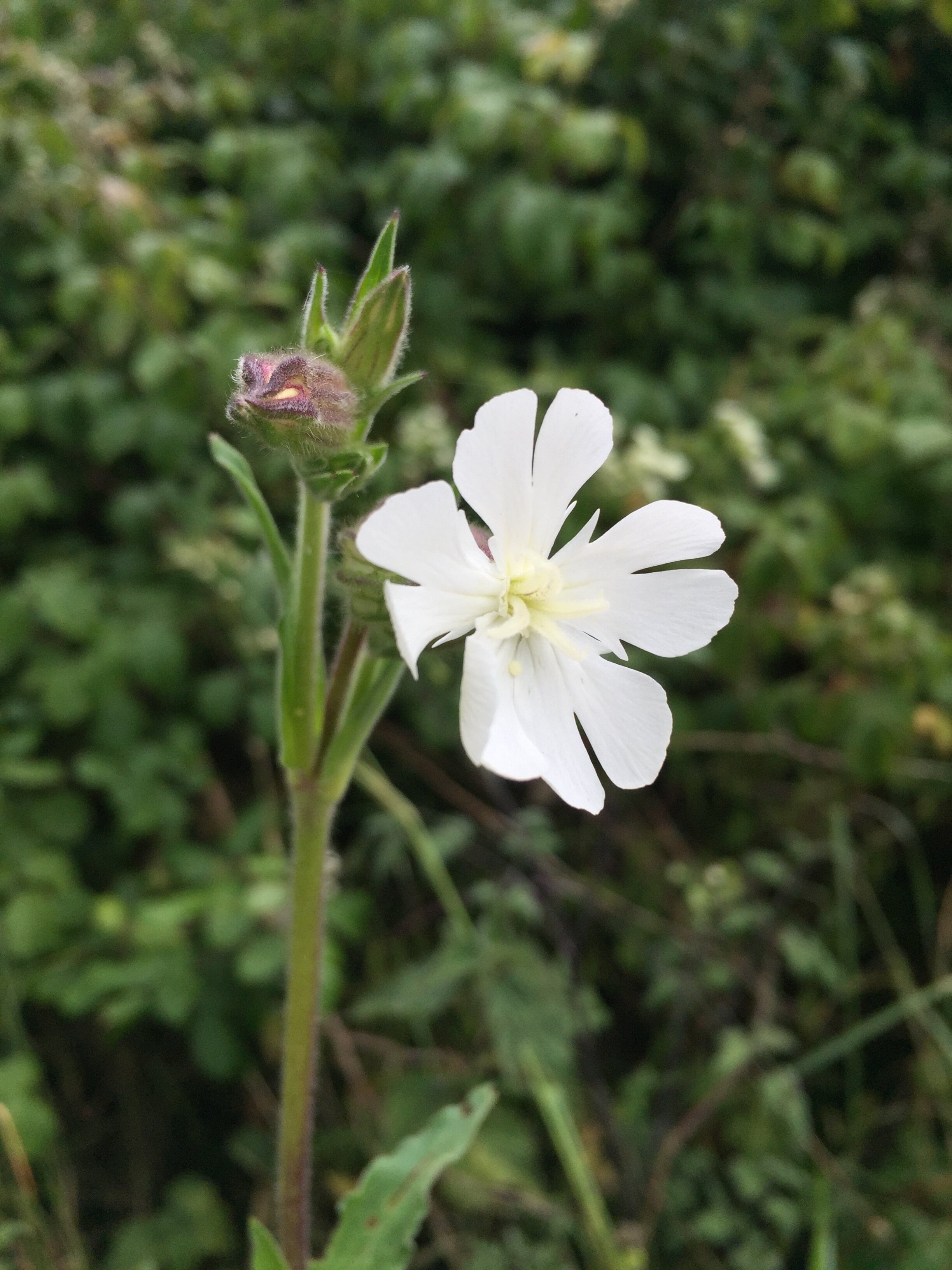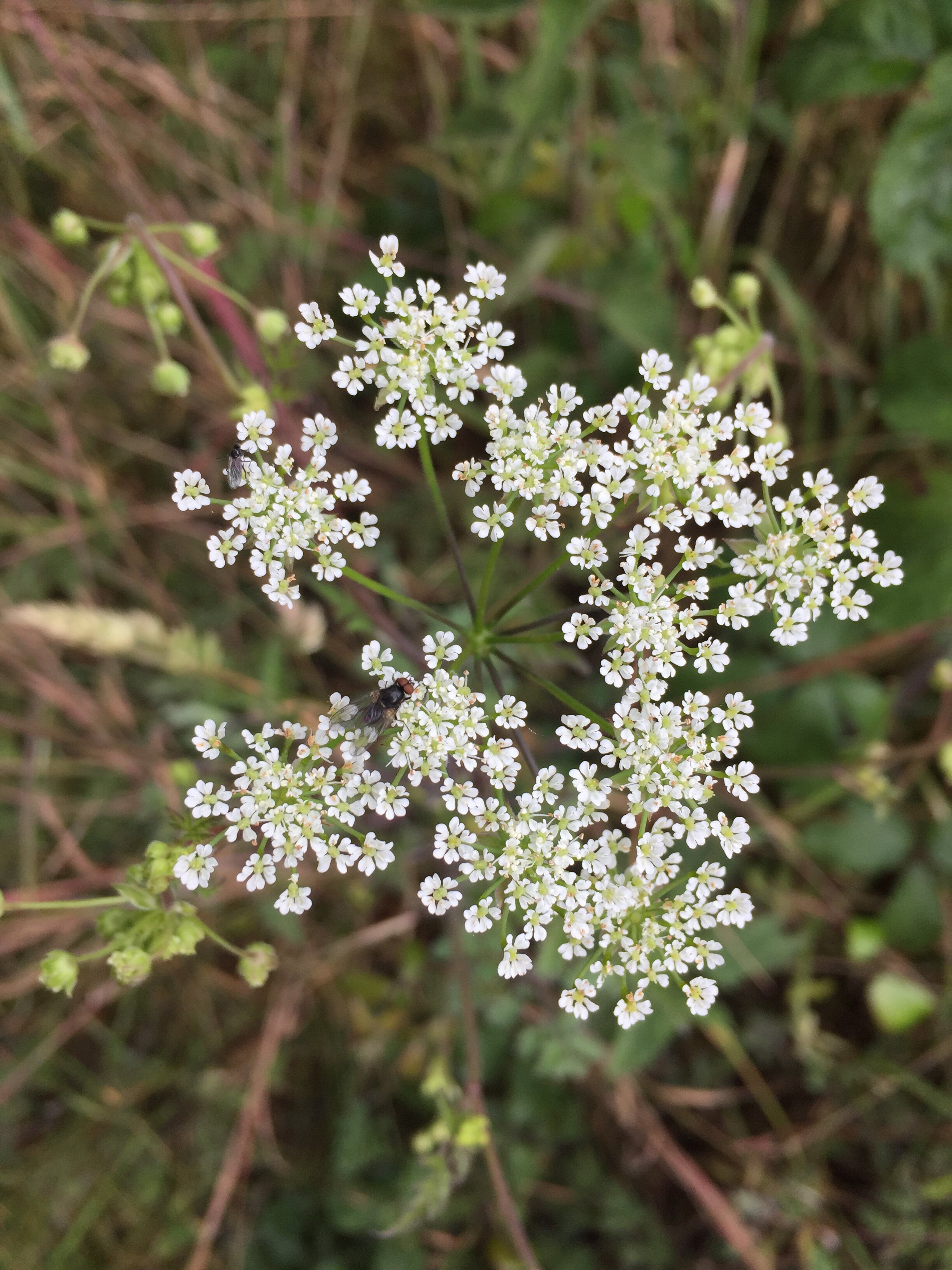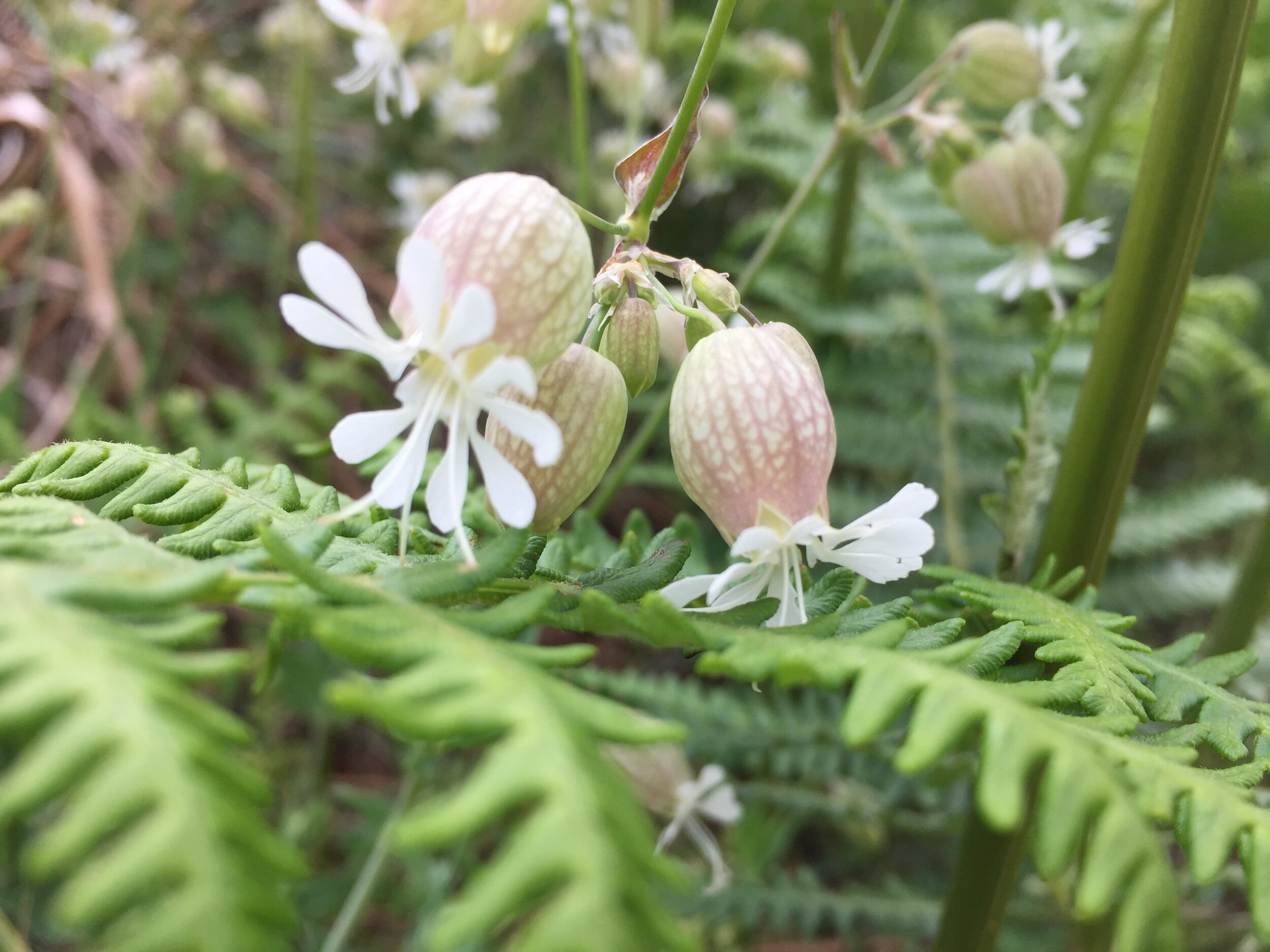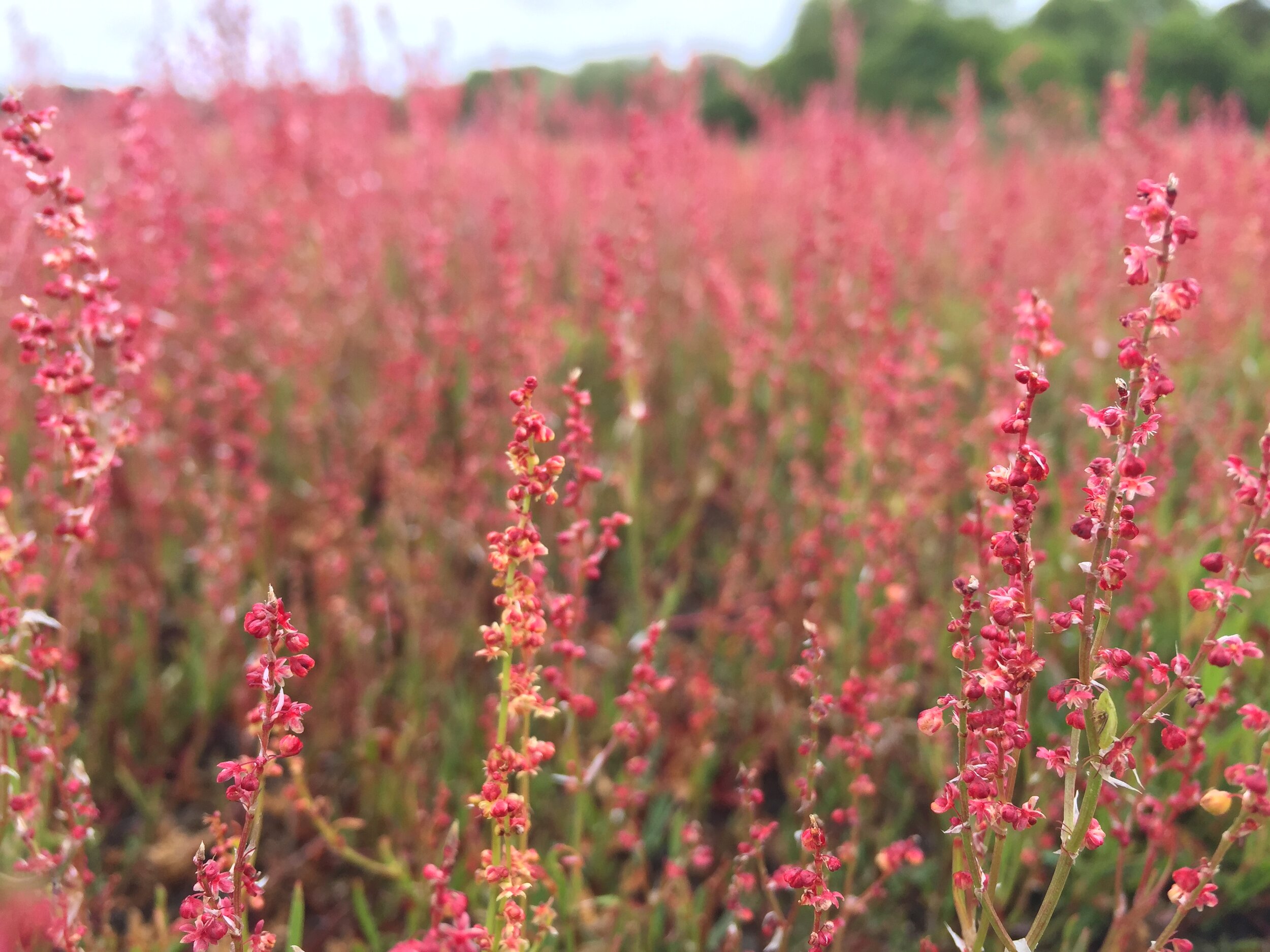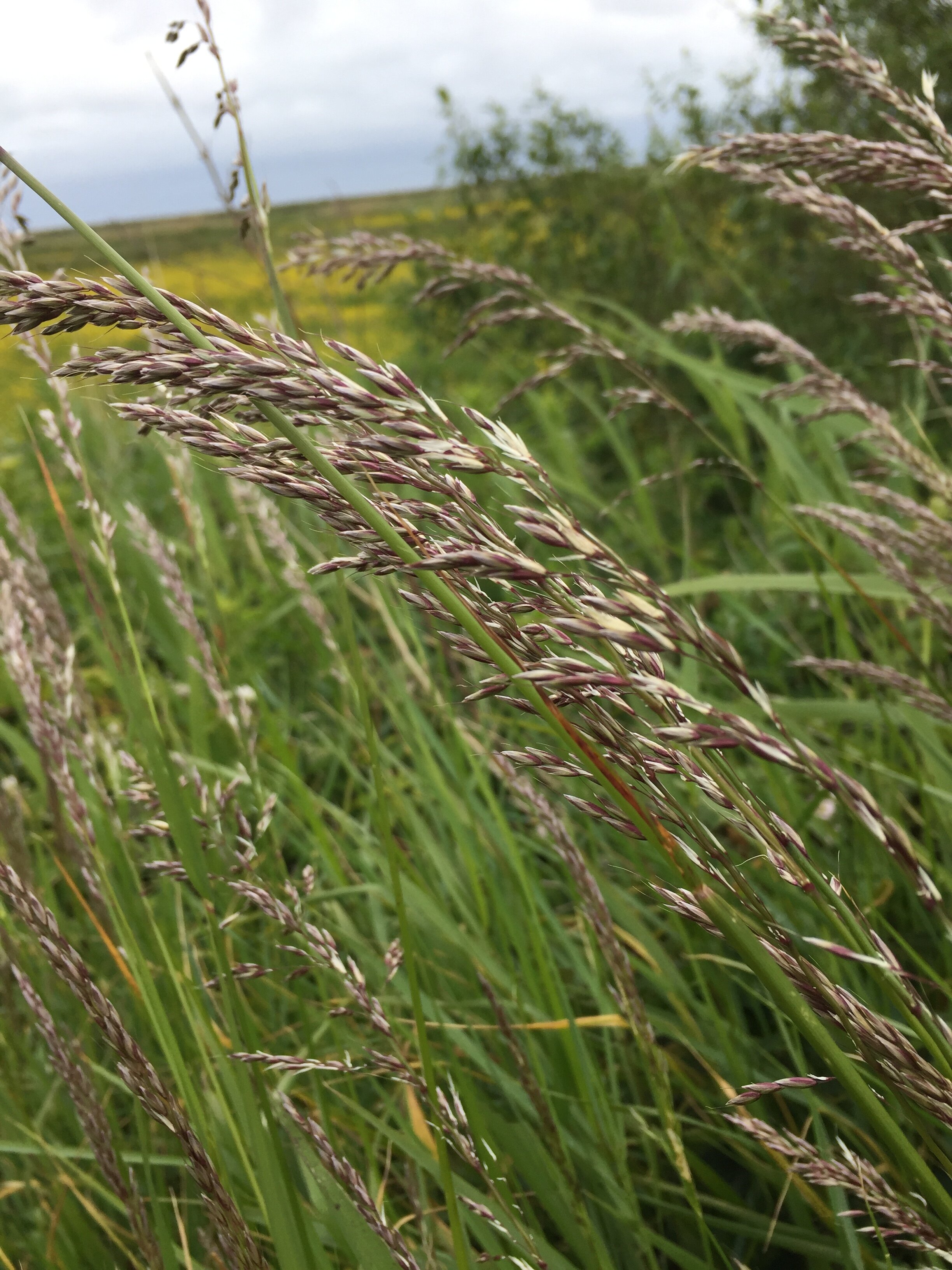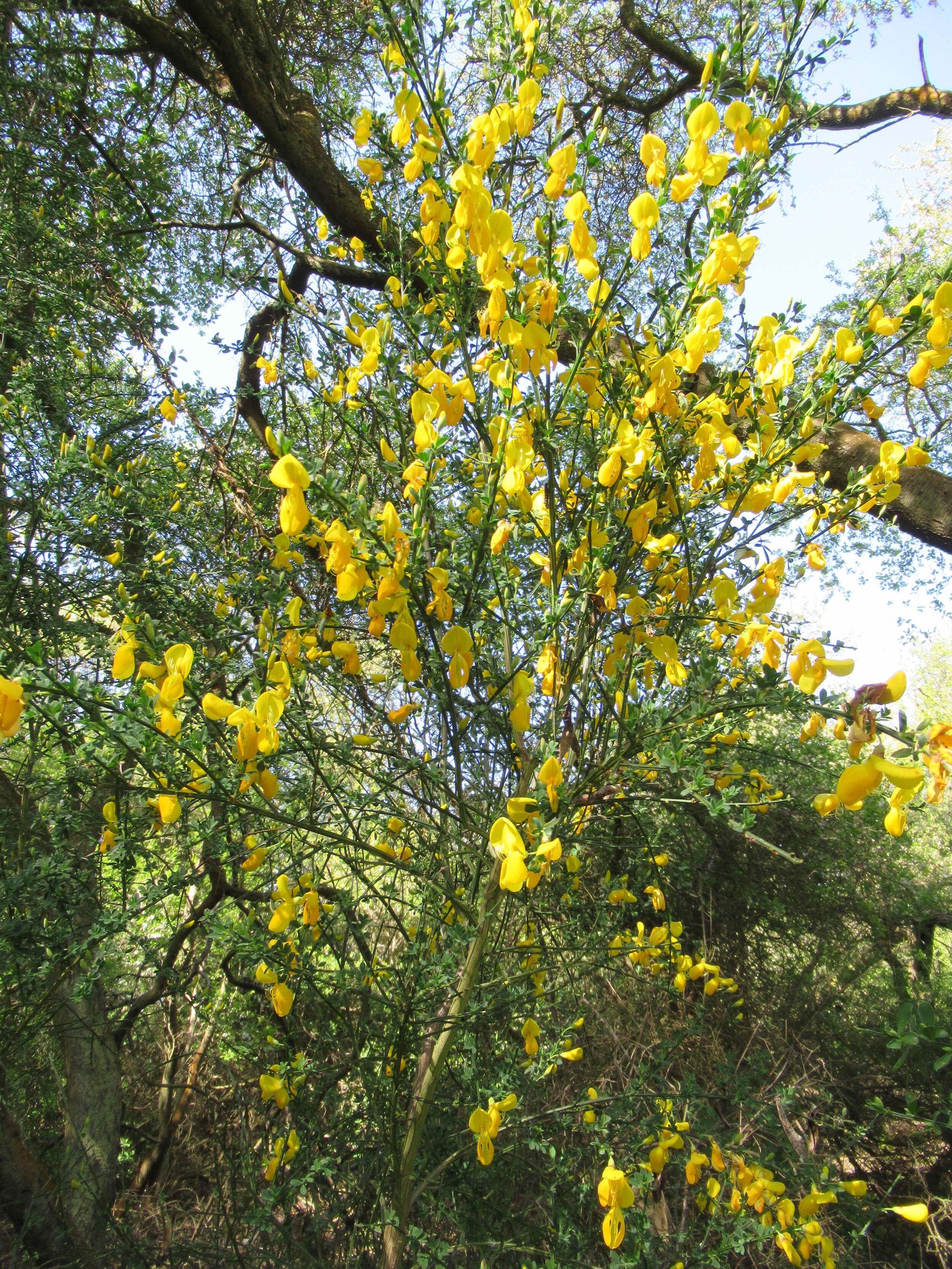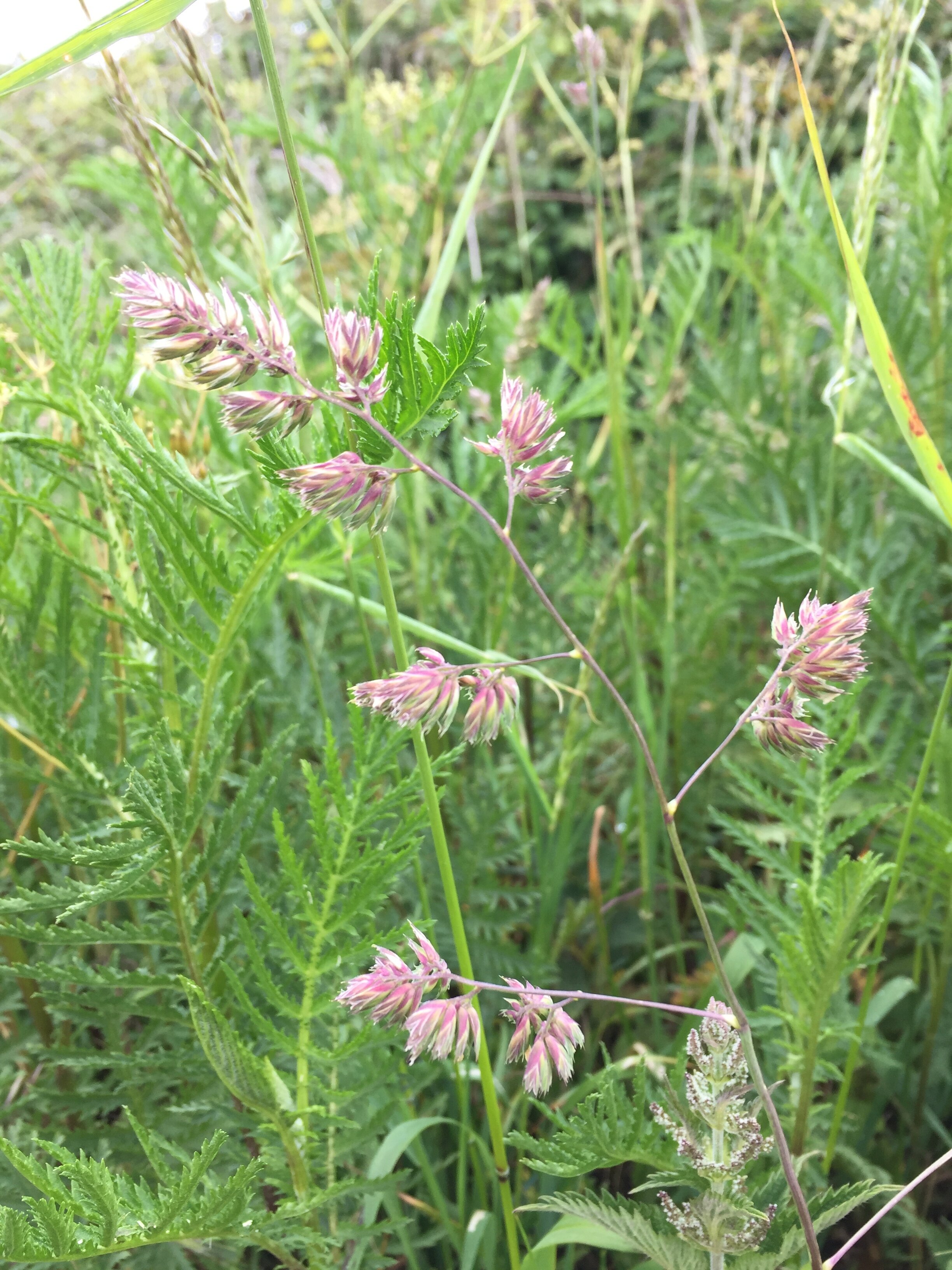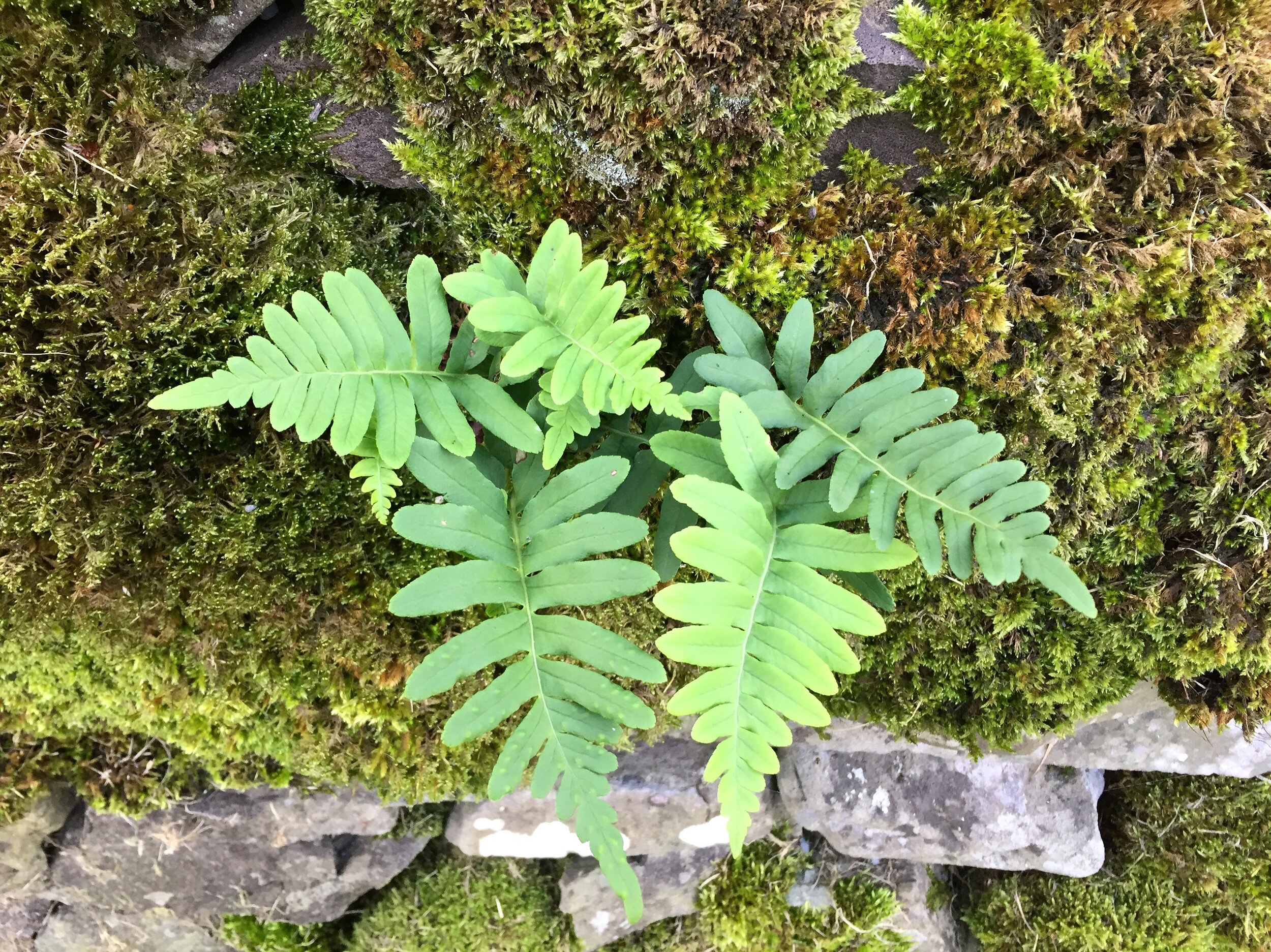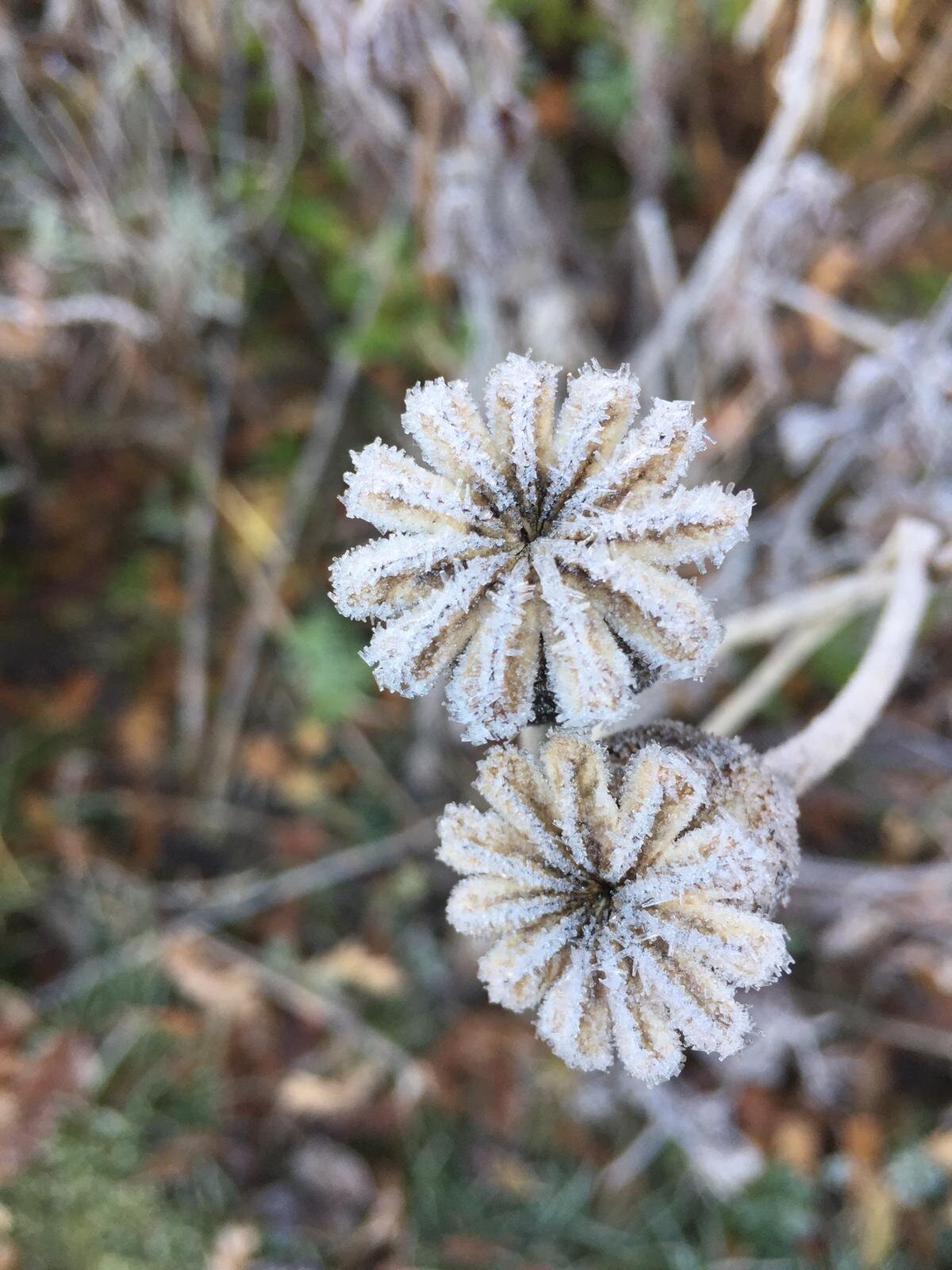Everyday botany
With every passing year, I have come to realise that the practice of botany is one that can be taken up at any age. Botanical study doesn’t have to involve searching for rare specimens in the foothills of the Himalayas, or trekking for days to find rare orchids in the Amazon rainforest (though if the chance came about.. !). Even in the UK, seeking rare plants can seem an overwhelming and unlikely feat, requiring years of scientific study and time to roam with no domestic commitments.
In fact, every walk, in every outdoor space, can feature botany. Botany can be part of a child’s learning from a young age, it’s just a case of engaging them in conscious and conversational observation. What colour is that plant peeking through the pavement there? What shape is that seed head floating in the breeze? How many petals does this flower have? When we ask these questions, and notice the wild plants that surround us, no matter how common, we feel that we are exploring, and we engage in science, art and even literature all at once, for free. Below I have out together a few steps to beginning your own botanical study. The plants I point out are all considered common or even ‘very common’ by wildflower guidebooks, but you will find others too, many of which are native to your part of the country in particular. This is what makes botany so much fun; there is no wrong answer, just have a look about you.
1. Begin with the flowers you are more familiar with, and those that are easier to spot: Foxgloves, Wild Roses, Blackberry flowers and Honeysuckles are all common, but strikingly beautiful UK natives. Even those often viewed as ‘weeds’ such as Dandelions (Taraxacum officinale) and Daisies (Bellis perennis) are a step in the right direction. Wildflower keys are available in all bookshops and online, and many can often be found very cheaply secondhand. You might not want one, however, and this is fine too! Think about the number of petals each flower species has, their colours and how they are arranged. How does this relate to the way they may be pollinated? This is a great exercise for children especially. Begin a field-book with them, with a flower sketch (or even just its colour) on each page, to represent the plants they have found. Perhaps they can find a picture of the plant in a wildflower book, and write out its name and even family - the type of plants it is related to. Common names are fun and often refer to traditional stories and uses for the plants, bu try not to be afraid of a plant’s botanical name - think of it as a friend, not a stuffy puzzle trying to trip you up! Many of the Latin and Greek derivations that form a plant’s botanical name are in fact highly descriptive of a plant, or its history. Take the botanical name for the Foxglove for example, ‘Digitalis purpurea’ essentially can be broken down to a descriptive image of the plant which looks, when in flower, like a ‘purple finger’, digitus meaning finger or ‘digit’ in Latin, and purpurea referring to the colour of the flowers which are that well known pinky-lilac. In fact, getting to know a few key Latin phrases can really help you as you start to identify plants; ‘alba’ means white, ‘stellata’ references star-shaped flowers, and the epithet ‘tomentosum’ describes leaves that are hairy. I believe that letting children -and adults!- explore a plant’s scientific name without pressure or judgement, can in fact set them up for life. Whilst common names are interesting to know and often easier to remember (‘wort’, for example, reveals the plant had a used within traditional herbal preparations), they are multitudinous and easily mixed up, which can be extremely frustrating and often confusing.
2. When you’re feeling more confident, the time has come to ‘zoom in’ a little. Look for the smaller, less easily recognised flowers when you are out and about. Some of these you may have seen a thousand times, but never stopped to fully realise their beauty up close. I love Common Vetch (Vicia sativa) - tiny tiny bursts of colour, each with their own exotic flower ‘faces’ and scrambling tendrils. These too are easily found species, but this should not detract from their importance. It is perhaps sobering to remember that many of the plants now considered extremely rare were once known to be ‘common’. Spotting a plant that is widespread throughout the UK can be just as rewarding, particularly when you are just starting out on your botanical study.
3. Flowers, as we typically understand them, are easier to spot because of their colours and shapes, but you can move on to identifying at the textures and structures within a landscape. Plants like Weld (…), and many of the spurges ( …) produce vivid greens and yellows in recognisable shapes when you get your eye in. Grasses too are hugely diverse, and well worth looking at up close. You are now recognising the backdrop of an ecosystem, and dipping your toes into a huge spectrum of plant species.
4. Keep going and don’t feel you have to stop! You are now a botanist, regardless of your academic credentials, or the number of stamps on your passport. Walk in new places, or continue the routes that are accessible, or that you are comfortable with. Notice how the plants you have found change throughout the seasons and whether they bloom at the same time each year. Start to learn fungi, or look up at different trees. Memorise their botanical names, and understand what cultivars, if any, have been bred from them - or don’t! Follow your interests and, whether you now begin to search further afield for rarer species, or simply continue to botanise once a week when you put the bins out, botany can be part of your everyday life.

